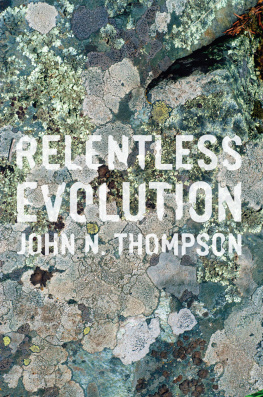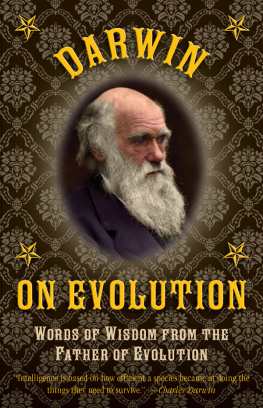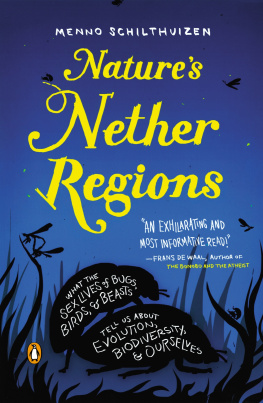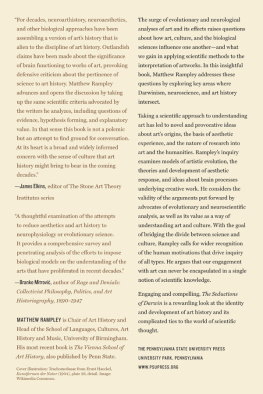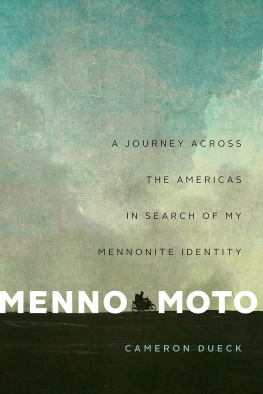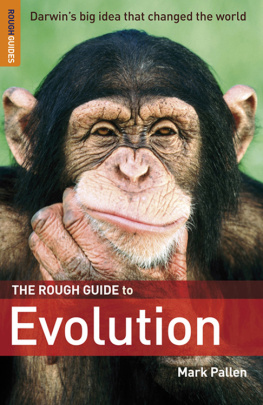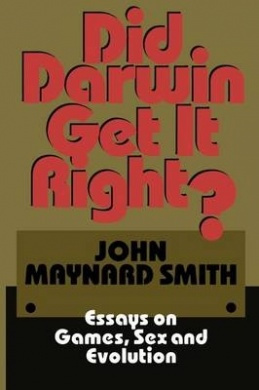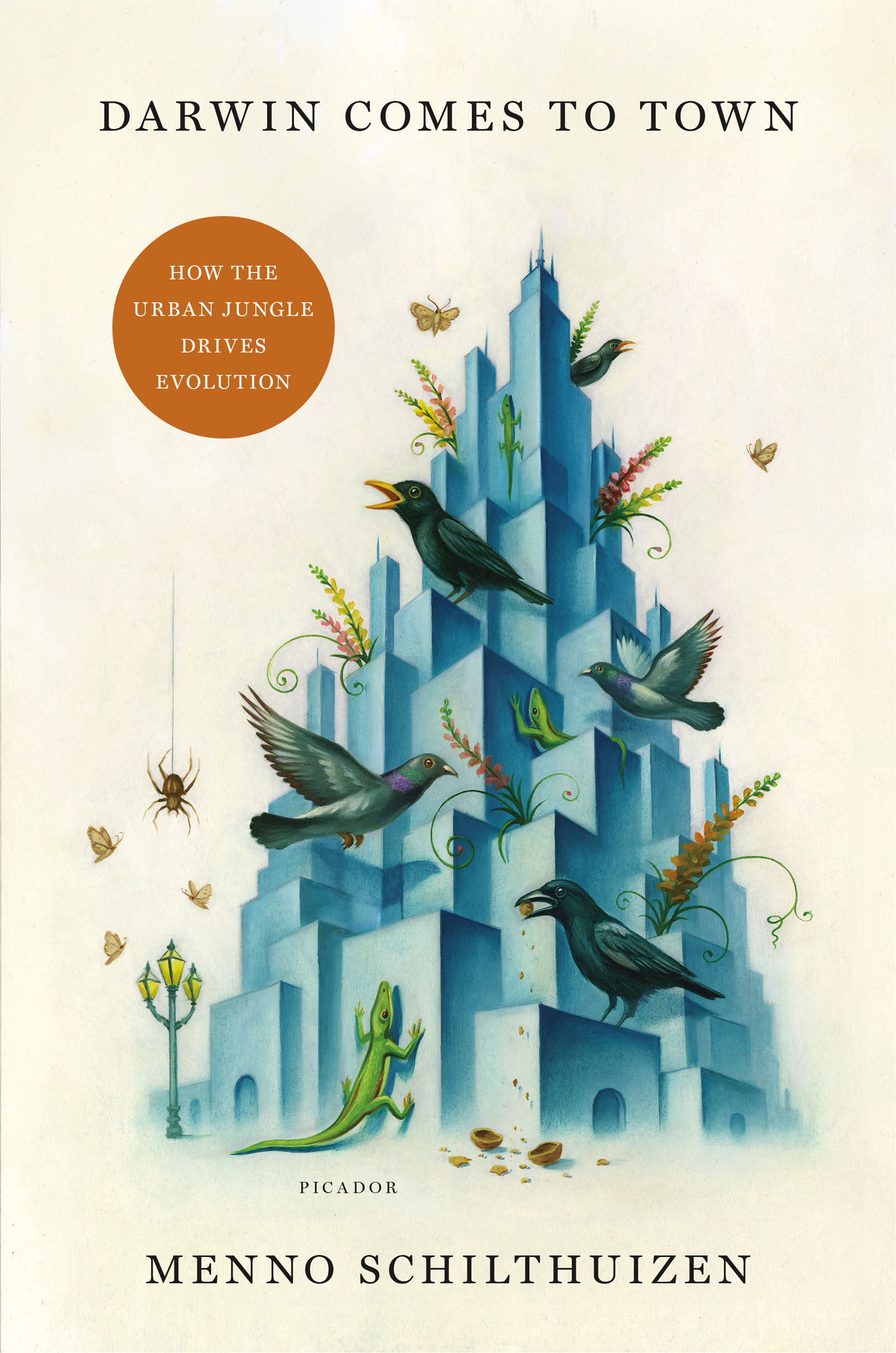Contents
Guide
Pagebreaks of the print version
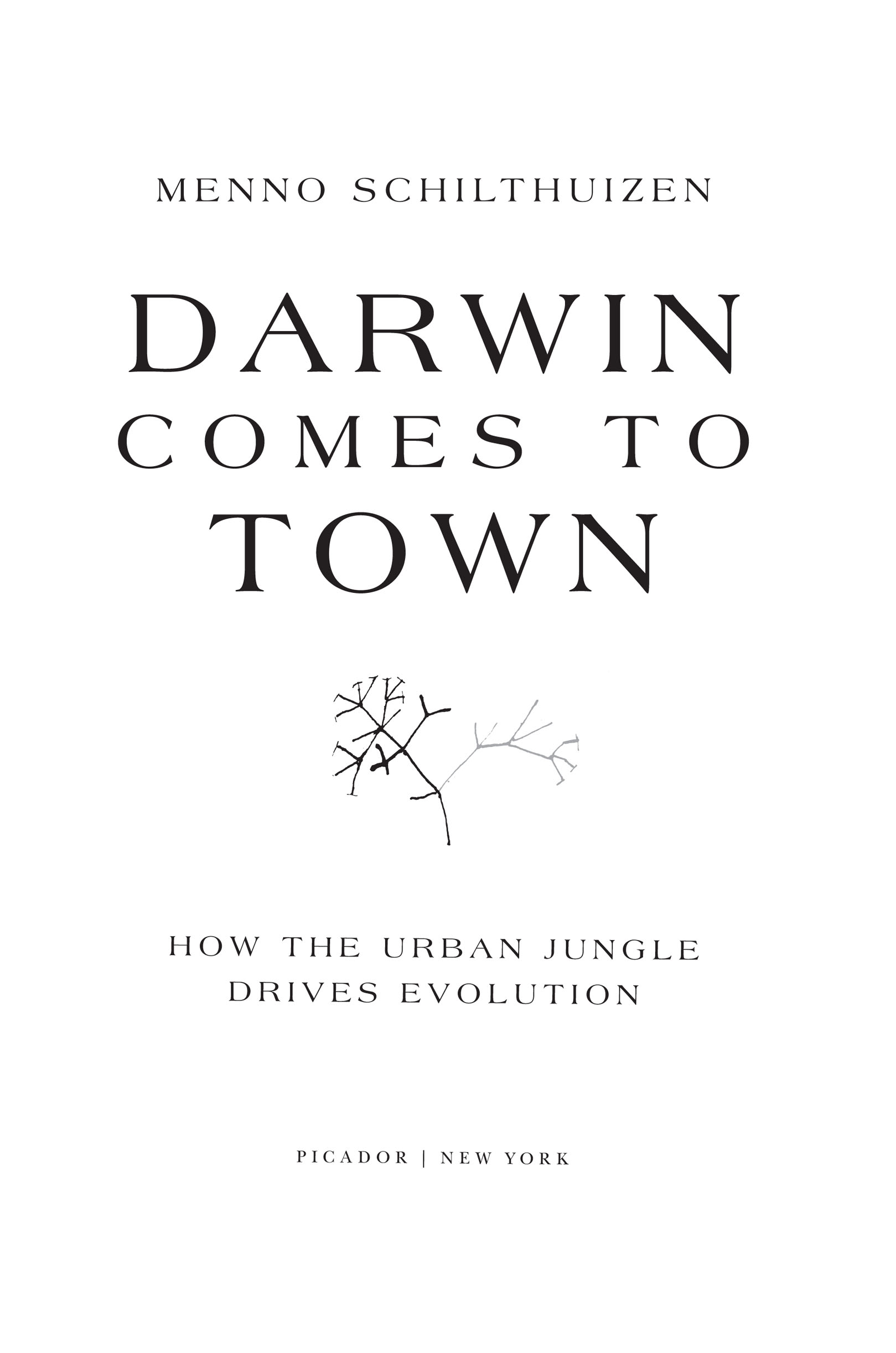
The author and publisher have provided this e-book to you for your personal use only. You may not make this e-book publicly available in any way. Copyright infringement is against the law. If you believe the copy of this e-book you are reading infringes on the authors copyright, please notify the publisher at: us.macmillanusa.com/piracy.
for Iva
Its perfectly formed. A miracle of micro-engineering ready for its short visit to the world. Gossamer wings, still unfrayed, folded carefully over its imperceptibly breathing abdomen. Six nimble legs, delicately placed on the dusty wall, in mint conditioneach with a complete set of nine segments, not yet diminished in number by sharp connections with ventilation fans or jumping spiders forelegs. Its golden-bristled thorax, a power nugget encasing the balled-up energy of flight muscles, so massive that it almost hides from view the serene face behind which a miniaturized brain coordinates input and output channels of antennae, palps, all-seeing eyes, and the eight interlocking sheaths of its parasitic proboscis.
I am standing in a hot and crowded pedestrian tunnel of London Undergrounds Liverpool Street station, spectacles in one hand, nose pressed against the tiled wall, admiring this fine specimen of the house mosquito, Culex molestus , freshly emerged from its pupa. But I am slowly waking up from my entomological reverie. Not only because of the rushed passersby that avoid knocking into me with a last-second swerve and a muttered excuse me that is more accusatory than apologetic, but also because I am becoming uncomfortably aware of the CCTV camera suspended from the ceiling and Transport for Londons repeatedly broadcast advice to its passengers to report any suspicious behavior to a member of staff.
For a biologist, the inner city is an unlikely place for any professional activities. The unwritten rule among biologists is that, when prompted, one should answer gruffly that cities are only necessary evils where a true biologist spends as little time as possible. The real world lies outside the urban realm, in forests, dales, and fields. Where the wild things are.
But if I am honest I must admit I secretly like cities. Not so much the organized, slick, well-oiled parts of them, but rather the grimy, organic fabric of the city, revealed in forgotten corners where the threadbare carpet of culture gives waythe citys underbelly where the artificial and the natural meet and engage in ecological relations. To my biologists eye, the inner city, for all its hustle and bustle and thoroughly unnatural appearance, becomes a constellation of miniature ecosystems. Even in these seemingly sterile, thoroughly brick-and-concrete-clad streets of Bishopsgate, I spot life-forms that cling on in stubborn defiance. Here, a snapdragon growing in wild profusion from some invisible crack in the plastered wall of a flyover. There, the unspeakable chemistry between cement and leaked sewage from which glassy off-white icicles are born, which in turn serve as anchor points for the soot-dusted webs of common orb-weaver spiders. The emerald veins of moss sprouting from the slits between cracked reinforced glass and its frame, fighting for supremacy with the rust bubbles working their way through the red lead paint. Feral rock pigeons with diseased feet balance among the plastic spines on a ledge. (Somebody has put up a sticker next to it showing an enraged pigeon with balled wing-fists, saying: Plastic needles represent a cynical, oppressive restriction of our right to free assembly. This fight is not over!) And a mosquito on the wall of a train station underpass.
It is not just any mosquito. Culex molestus is also known as the London Underground mosquito. It gained this name first because of the havoc it wreaked on Londoners sheltering on the platforms and tracks of the Central line at Liverpool Street station during the German bombing raids of the city in 1940. And then, in the 1990s, because of the interest taken in them by University of London geneticist Katharine Byrne. Byrne joined maintenance crews on their daily expeditions into the bowels of the citys tube network. They went into the deepest parts of the tunnels where the brick walls supporting tangles of wrist-thick electric cables are blackened by dust from the trains brake shoes, and where the only place indicators are mysterious codes in chalk, spray paint, and ancient enameled plates. Here, the London Underground mosquitoes live and breed. They steal the blood of commuters, and lay their eggs in flooded sumps and shafts, which is where Byrne collected their larvae.
She took samples of water-with-larvae from seven places on the Central, Victoria, and Bakerloo lines, brought them to her lab, waited for the larvae to develop into adult mosquitoes (like the one I saw on that tunnel wall) and then extracted their proteins for genetic analysis. Twenty years ago, I saw her present her results at a conference in Edinburgh. Even though her audience consisted of seasoned evolutionary biologists, she managed to thrill us all. First, the underground mosquitoes in the three tube lines were genetically different from one another. This was, Byrne told us, because the tube lines form nearly separate worlds, with the clouds of mosquitoes in each line stirred and mixed by the constant piston-like action of trains moving around in snugly-fitting tunnels. The only way for the mosquitoes in the Central, Bakerloo and Victoria lines to become genetically mixed, she pointed out, would be for all of them to change trains at Oxford Circus station. But not only were the mosquitoes in separate underground tubes different from each other. They were also different from their above-ground relatives. Not just in their proteins, but also in their way of life. Up on Londons streets, the mosquitoes feed on bird, not human, blood. They need a blood meal before they can lay their eggs, they mate in large swarms, and they hibernate. Down in the tube, the mosquitoes suck commuters blood and lay eggs before feeding; they dont form mating swarms but seek their sexual pleasures in confined spaces, and are active the whole year round.
Since Byrnes work, it has become clear that the Underground mosquito is not unique to London. It lives in cellars, basements and subways all over the world, and it has adapted its ways to its human-sculpted environment. Thanks to mosquitoes that get trapped in cars and planes, its genes spread from city to city, but at the same time it also cross-breeds with local above-ground mosquitoes, absorbing genes from that source as well. And it has also become clear that all this has happened very, very recentlyprobably only since humans began constructing underground buildings, did Culex molestus evolve.
As I take a last good look at my very own London Underground mosquito, in that crowded passageway in Liverpool Street station, I imagine the invisible modifications that evolution has accomplished inside that tiny, fragile body. Proteins in its antennae have changed shape so that our human odors, rather than bird smells, elicit a response. Genes that regulate its biological clock have been reset or turned off, to prevent it from going into hibernation, since there is always human blood underground and it never gets very cold. And think of the complex diversifications that have been needed for the change in sexual behavior! From a species where the males swarm in large clouds that females dart in and out of to seek fertilization, to one that mates by simple one-on-one pairing in the small spaces where the sparsely distributed underground mosquitoes happen to run into each other.


